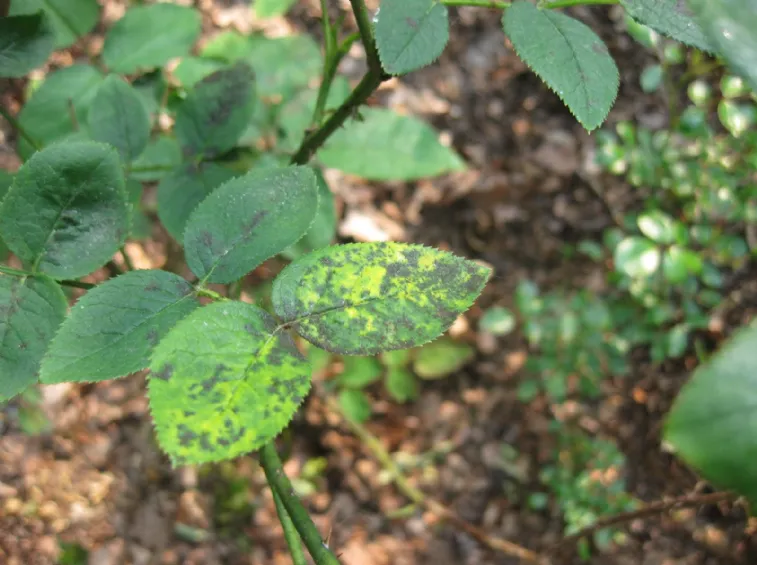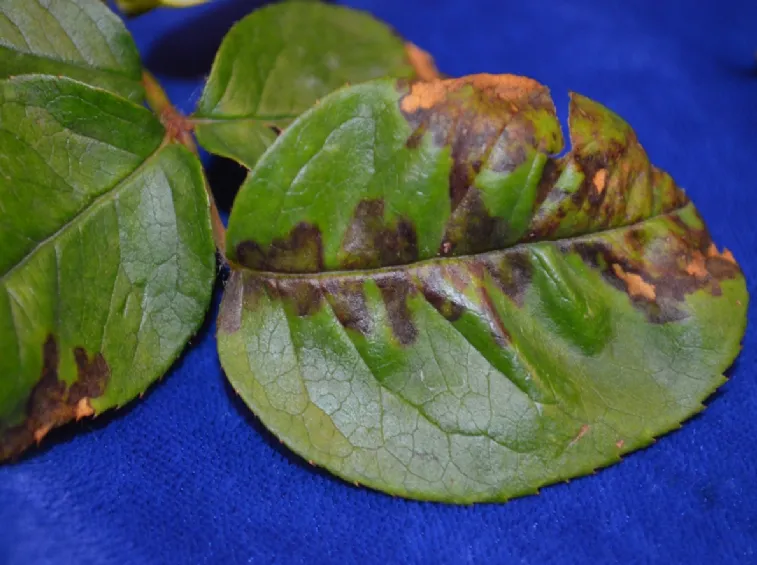The blight of roses
Downy mildew of the rose
E’ one of the più diseases; fearsome for the rose and not only, and although it can affect other plants, such as the vine, in the rose this disease &is serious; truly devastating, also and above all for the aesthetic damage it causes to one of the più plants; beautiful that nature has ever given us. We are talking about downy mildew, a widespread fungal disease a bit’ everywhere in Italy and known since the last century. Downy mildew è a disease of easy and fast spread and therefore to be fought both preventively and curatively.
Etiology
The downy mildew of the rose è caused by the peronospora sparsa fungus, which prefers the green parts of the più plant; beautiful in the world. The fungus develops in conditions of high humidity; and temperature, with averages between 18 and 25 degrees and humidity levelsà equal to 100 # 37. In our areas, also due to the rapid tropicalization of the climate, we are witnessing more and more; frequently in cases of downy mildew of roses and plants in general.
Symptoms
In pink, the disease presents with strange patches on the upper side of the leaves. Symptoms are variable, with spots that can rapidly change in shape and size, which makes it difficult to detect and eradicate the disease in time. Downy mildew prefers young leaves, but in some cases not even the most ugly ones are missing; adults. The typical symptom of rose blight are round, purple spots on the upper side of the leaves. Sometimes, forò ;, these spots may be reddish, brown, and initially yellowish. Affected leaves tend to dry out, curl and drop prematurely. The mycelium of the fungus, on the other hand, overwinters on the underside of the leaves, where it has many white filaments often invisible to the human eye. The spores are released quickly and reproduce within 48 hours. Once inoculated, rose blight occurs after a week of incubation.
Prevention and fight
The blight of the rose is fought both before and after l’ infection. Generally it is advisable to limit all those conditions that cause the development of the disease, ie humidityà and temperature. It is advisable to reduce irrigations and not to wet the upper page of the leaves. The level of humidityà should be kept at 60, 70 # 37, that's whyé è useful to space the plants between them to let them breathe. In the event of a rainy and temperate climate, it is advisable to intervene every five to ten days with cupric products to be sprayed on the whole plant. On the other hand, full-blown downy mildew is fought with systemic products based on benzimidazoles to be mixed with copper oxochlorides. During pruning, to avoid transmitting the disease to neighboring plants, all infected parts must be removed and burned.



